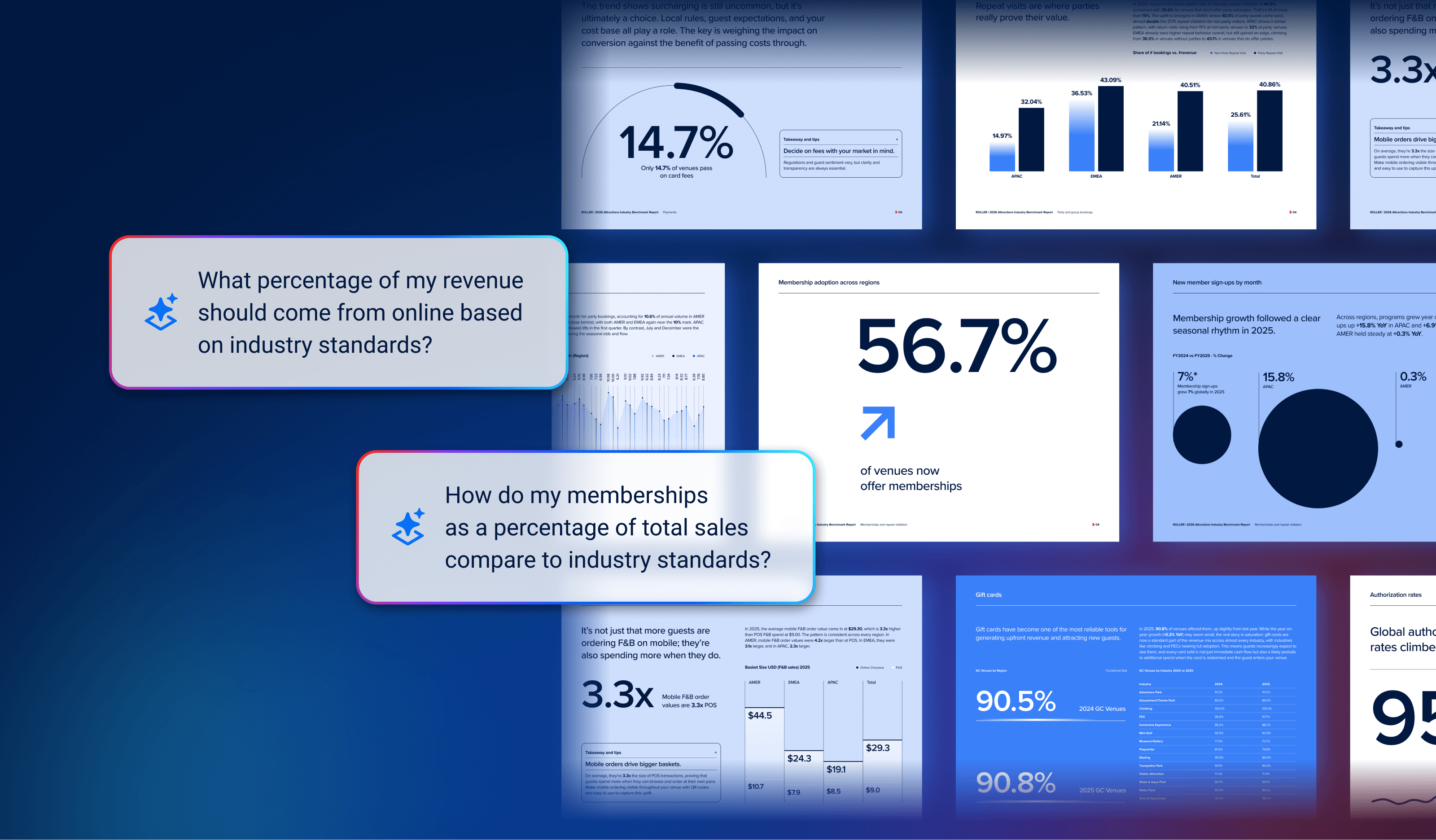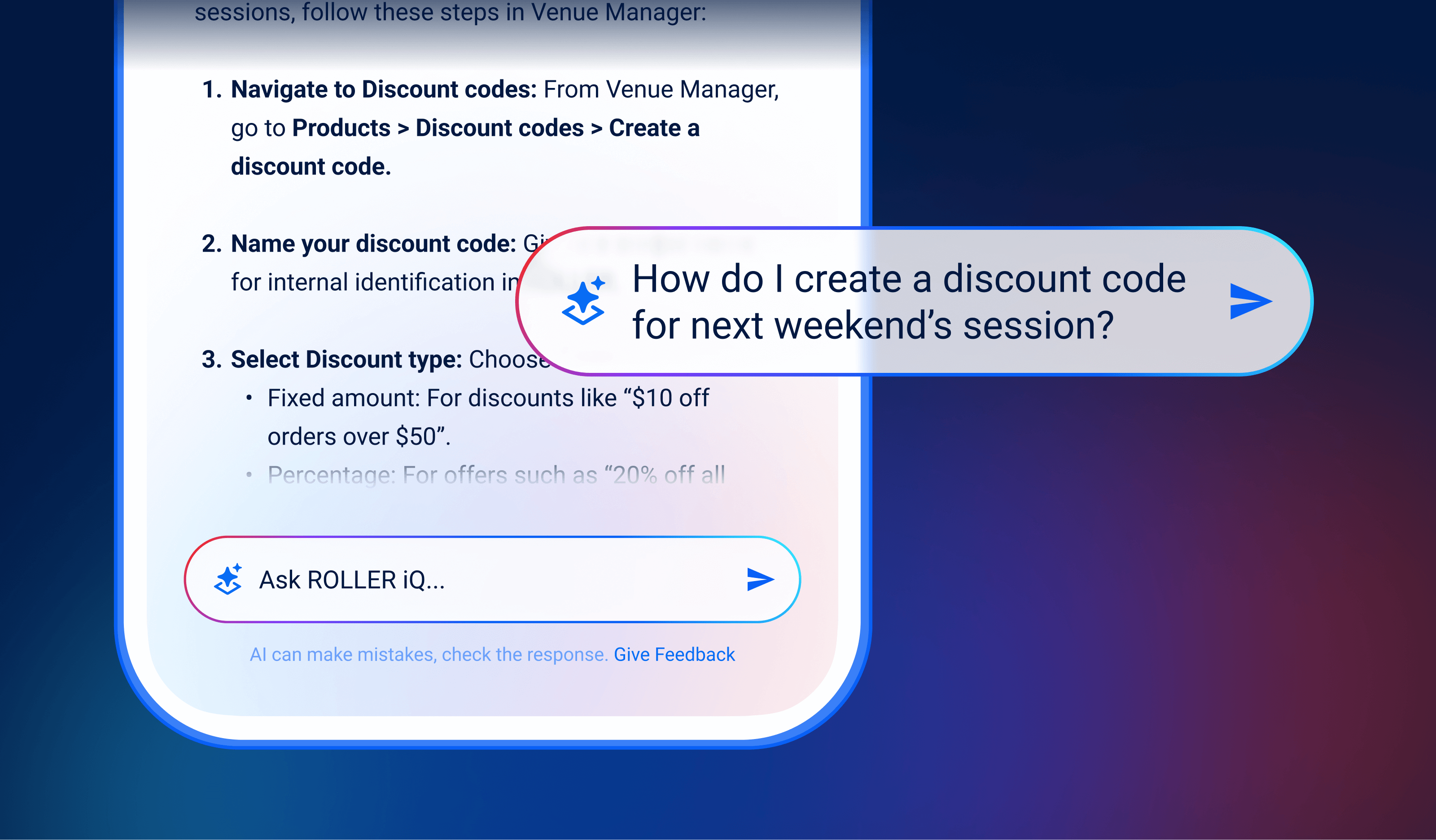5 Steps To Effectively Roll Out New Tech In Your Business

It’s no secret that people in the workplace don’t always like change.
But when it comes to new technology, your business must continue to innovate in order to stay relevant in today’s market.
Changing from what you know is scary, but it’s nowhere near as scary as what will happen if you fall behind your competitors.So how exactly do you roll out new technology in the office without rocking the boat too much? The key is change management. Whether you’re switching over to cloud-based software or introducing state-of-the-art hardware, we’ve got 5 steps to ensure you have all the tools and processes necessary to tackle change head-on.
1. Proper planning prevents poor performance
You need to understand who the key stakeholders will be when it comes rolling out your new technology and what the best strategy is to ensure a seamless transition. Be sure to ask questions like, who will be the most affected by this change? What is your roll-out time frame? How will this roll out affect the day-to-day operations of your business? How can this effect be minimized? Plan for change and manage expectations. Setting short-term agile goals is also a great way to ensure you stay on track.
2. Communication is key
From key stakeholders right through to your new interns, everyone must know exactly why the company is changing and how this aligns with the overarching company goals. The sooner you can get people to buy in, the better off you’ll be. Be sure to arrange meetings and talk to individuals or departments who you feel might be most anxious about the new technology.
3. Get your leaders on board
This is perhaps the most important step of them all. Your leaders are the lifeblood of your organisation and if they’re swimming against the current, it won’t be long before you have an army of unhappy staff. Ensure that your leaders share your vision, understand the benefits of implementing new technology and are vocalizing this with staff day-to-day. They should be listening to how other staff are feeling and reiterating the clear advantages and intended outcomes of your upgrades.
4. Train the house down
Don’t throw your staff into the deep end. Provide all end users with enough training to ensure they’re masters of the new technology. Be sure to mix it up and make training fun. Modules, videos and interactive training sessions will all go a long way to helping staff feel confident and positive about adopting new technology. Remember not everyone learns at the same pace. Provide one-on-one training for staff who need it.
5. Build an innovative culture
Your next technological change won’t be your last. So it’s important to build a culture where your staff have a ‘no fear’ approach to change. Be agile and be ready if you want to stay competitive. Whether you train your staff in change management or build this into your recruitment process, you want to be a company where innovation is a way of life.
It’s important for the future of any business to embrace technological innovation. Once you understand the best practice for change management, adopting new technology will be just another day in the office.
Implementing new tech in your business? Let us know your story!
Related articles


Smarter Support With ROLLER iQ: Step-by-Step Help, Right When You Need It
.png)
What is an AI Business Assistant? (And How It Supports Growth for Attractions)
Enhance your guest experience
Get free education, tips and inspiration to help you run a successful venue.
